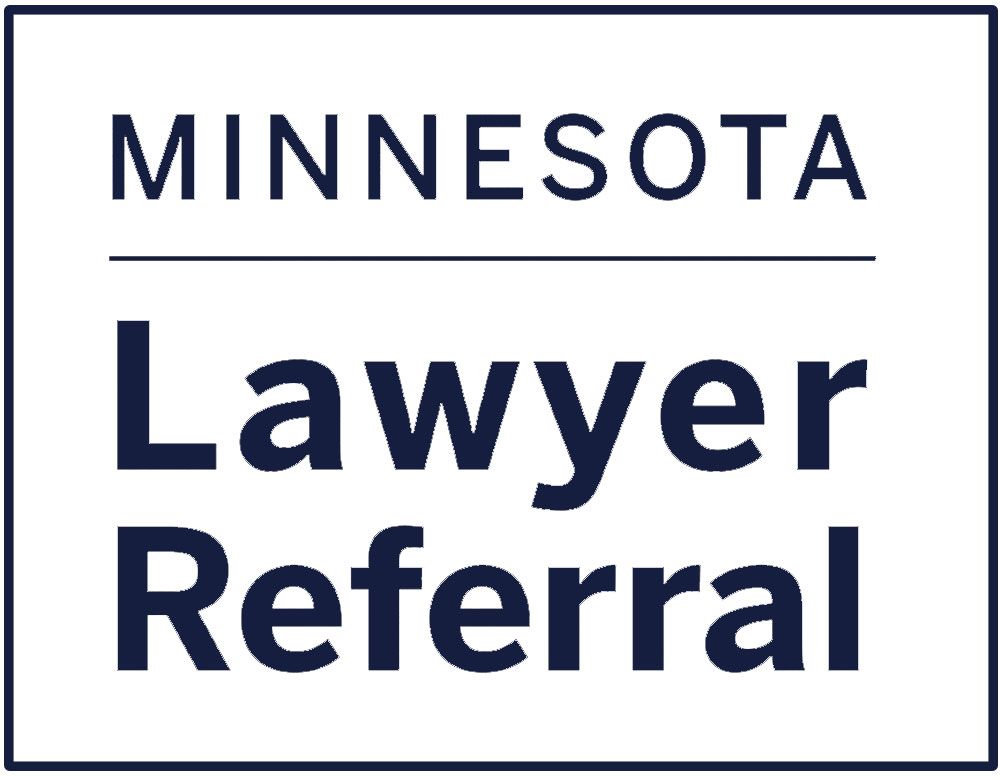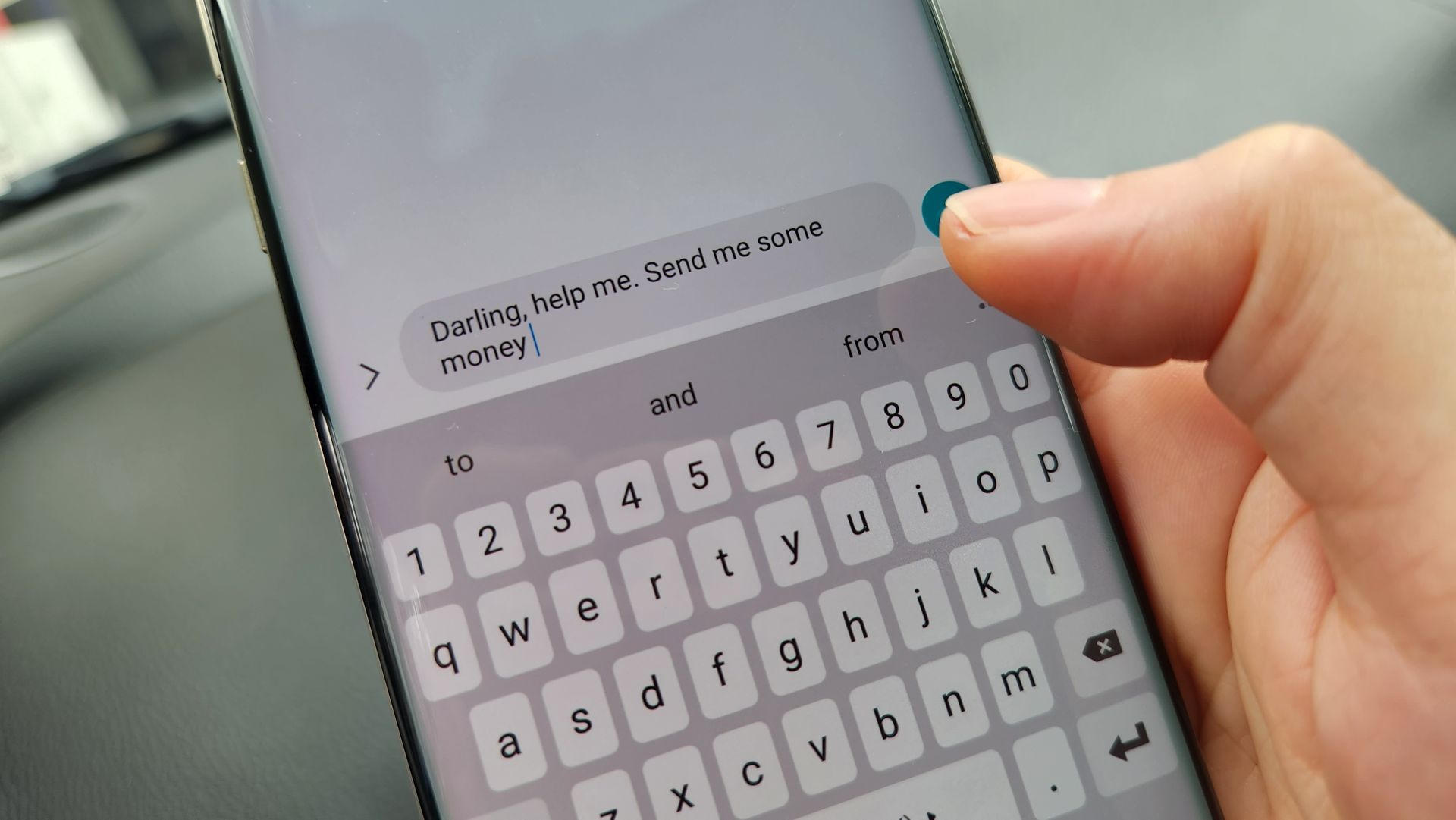
Identity theft is a growing problem in Minnesota and across the United States. From stolen credit card numbers to unauthorized loans taken out in your name, identity theft can have serious financial and emotional consequences. In many cases, victims don’t even realize their identity has been compromised until they notice suspicious activity on their accounts, experience a sudden drop in their credit score, or start receiving debt collection calls for accounts they never opened.
The good news is that Minnesota law offers protection for victims of identity theft, and there are clear steps you can take to recover and safeguard your credit.
How Identity Theft Happens
Identity theft occurs when someone uses your personal information without permission to commit fraud or other crimes. Common ways your information can be stolen include:
- Data breaches from companies you’ve done business with
- Phishing emails or phone scams tricking you into sharing sensitive information
- Lost or stolen wallets containing your Social Security number, credit cards, or ID
- Malware or spyware installed on your computer or phone
- Mail theft, especially tax documents or pre-approved credit offers
Signs Your Identity May Have Been Stolen
Early detection is key to minimizing the damage. Here are a few warning signs to watch for:
- Unfamiliar accounts or charges on your credit report
- Debt collection calls for accounts you didn’t open
- Missing mail, particularly tax documents or financial statements
- Notification that your tax return was already filed
- Credit card or loan applications denied for unknown reasons
It’s important to approach any debt-related communications carefully. Scammers know people respond with urgency to debt collection efforts and use them to trick people into sending money or disclosing account information, birthdates, Social Security numbers, or other personal information.
If you receive unexpected calls or mail about debt or outstanding payments, verify the source before responding. Do a search online to determine whether something is a potential scam before taking action. If it appears legitimate, you should act quickly, but only through authentic and verifiable channels.
Step-by-Step Guide to Recover from Identity Theft
1. Place a Fraud Alert on Your Credit Reports
Contact one of the three major credit bureaus—Experian, Equifax, or TransUnion—and request a fraud alert. This notifies lenders to take extra steps in verifying your identity before opening new accounts.
You only need to contact one bureau; it will inform the others. A fraud alert is free and lasts for one year.
2. Review Your Credit Reports
Obtain free copies of your credit reports at www.AnnualCreditReport.com and review them carefully. Look for:
- New accounts you didn’t open
- Inquiries from lenders you don’t recognize
- Missed payments or delinquent accounts that aren’t yours
Report any errors to the credit bureaus immediately.
3. Report the Theft to the Federal Trade Commission (FTC)
Go to www.IdentityTheft.gov to report the incident and receive a personalized recovery plan. The FTC will provide an Identity Theft Report you can use to prove the fraud when dealing with creditors or debt collectors.
4. File a Police Report
Although not always required, a police report can be helpful, especially if the identity theft involved a known suspect or occurred as part of a broader fraud. Provide a copy of your FTC Identity Theft Report when filing with your local Minnesota law enforcement agency.
5. Notify Affected Companies and Financial Institutions
Contact banks, lenders, credit card companies, or other institutions where fraud occurred. Request that the fraudulent accounts be closed or frozen, and ask that any new accounts or unauthorized transactions on existing accounts be marked as identity theft-related.
6. Consider a Credit Freeze
A credit freeze prevents anyone (including you) from opening new credit accounts until it is lifted. It’s a powerful tool to stop additional fraud but requires more effort if you need to apply for credit in the future.
You must request a freeze separately from each credit bureau. In Minnesota, placing or lifting a freeze is free.
Understanding Your Consumer Rights in Minnesota
- Right to a Security Freeze: Under Minnesota’s Security Freeze Law, consumers can freeze and unfreeze their credit at no charge.
- Right to Dispute Fraudulent Charges: If you report the identity theft promptly, you are not liable for most fraudulent charges.
- Right to Correct Inaccurate Credit Information: You can dispute any inaccurate or fraudulent information on your credit report with the credit bureaus, and they are legally required to investigate and correct it.
- Right to Sue for Damages: If a company or organization fails to protect your data or does not respond appropriately to a dispute, you may have grounds for legal action.
When to Seek Legal Help
Recovering from identity theft can be time-consuming, frustrating, and complicated. If you're struggling to get results from credit bureaus, disputing debts that don’t belong to you, or have suffered financial losses due to the negligence of a business you trusted with your information, it may be time to consult an attorney. A consumer protection attorney can:
- Help you navigate your legal rights
- Represent you in disputes with credit bureaus or lenders
- Assist with correcting your credit
- File legal claims if your identity was compromised due to someone else's failure to protect your data
Need Legal Help After Having Your Identity Stolen? Get in Touch With a Minnesota Lawyer Today!
You don’t have to face identity theft recovery alone. Minnesota Lawyer Referral and Information Service can connect you with an experienced attorney who understands consumer protection law and can help you take the right steps toward restoring your credit and peace of mind.
Contact us here on our website or call (612) 752-6699 today to get started or to learn more.




